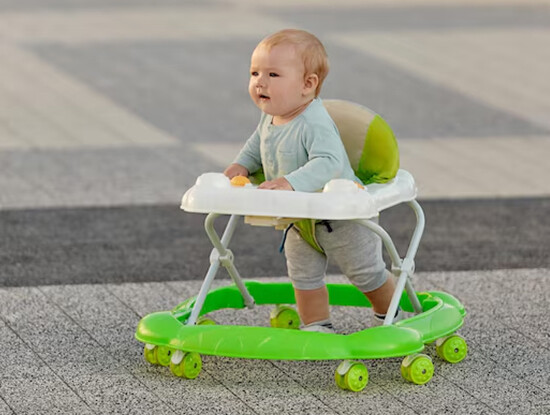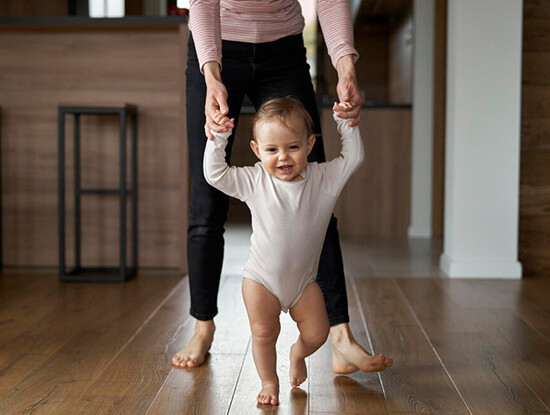NEWS
Recently, a seminar focusing on the proper use of baby walkers and their benefits for children's growth was successfully held. Experts from fields such as pediatric medicine, child psychology, and infant product design gathered together to jointly discuss the role of baby walkers in the process of children's growth and the reasonable ways to use them.

At the seminar, pediatric medicine experts pointed out that, under the premise of proper use, baby walkers can provide children with valuable space for independent activities. When children sit in baby walkers, they can move according to their own will. This independent exploration helps to enhance children's self-confidence and independence. For example, children can decide on their own to explore novel items in a certain corner of the room. In this process, they feel the control over their actions, thus boosting their self-confidence. At the same time, the use of baby walkers can also promote the development of children's social interaction abilities. When children interact with family members and peers with the help of baby walkers, such as chasing and playing, sharing toys, etc., they can better understand the behaviors and emotions of others and learn to communicate and cooperate with others.

However, the experts also unanimously emphasized that children's growth has individual differences, and not all children are suitable for using baby walkers at the same time. Generally speaking, when children are between 9 and 10 months old, they start to show behaviors such as standing with support and trying to take steps, and at this time, the introduction of baby walkers can be considered. But parents need to closely observe the physical reactions of their children. If children show resistance or abnormal body postures when using baby walkers, the use should be stopped in a timely manner and professional advice should be sought.
In terms of product design, experts in infant product design proposed that in the future, baby walkers should develop in the direction of being more ergonomic and safer. For example, optimizing the shape and material of the seat of the baby walker to make it better fit the body curve of children, disperse the body pressure, and avoid adverse effects on parts such as children's spines and hips. At the same time, strengthen the safety protection design of baby walkers, such as adding multiple anti-tipping devices, using more sturdy and durable materials, etc., to ensure the safety of children's use from the source. This seminar provides scientific guidance for parents and industry practitioners, and helps to promote the positive and correct role of baby walkers in children's growth.
